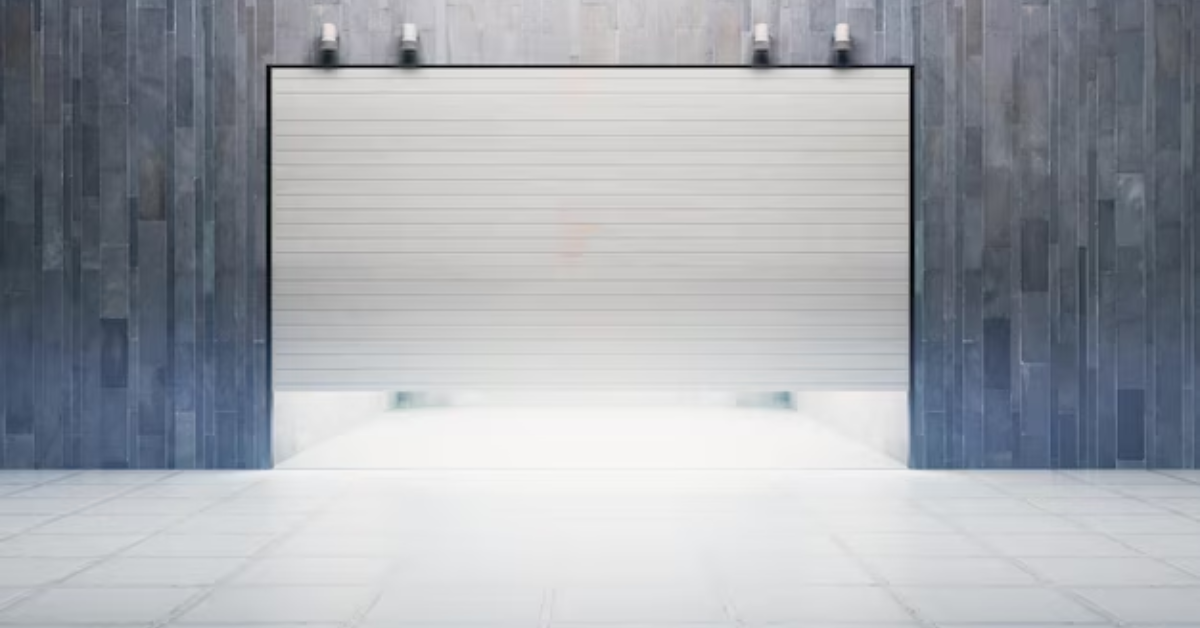Why Does My Automatic Garage Door Only Open Halfway?
An automatic garage door is a crucial part of your home's convenience and security, but when it only opens halfway, it can be frustrating. There are several possible reasons why your garage door is not functioning properly, ranging from mechanical issues to sensor malfunctions. Understanding these causes can help you troubleshoot the problem and find a solution quickly. In this article, we will explore the common reasons why your automatic garage door may only be opening halfway and what you can do to fix it.
Common Causes of a Garage Door Opening Only Halfway
1. Misaligned or Dirty Safety Sensors
Most modern automatic garage doors are equipped with safety sensors to prevent accidents. These sensors, located near the bottom of the door tracks, detect obstacles and stop the door from closing on objects or people.
If these sensors are dirty, blocked, or misaligned, they may interfere with the door’s operation and cause it to stop halfway. Cleaning the sensors and ensuring they are properly aligned can help restore the door’s functionality.
2. Broken or Worn-Out Springs
Garage doors rely on torsion or extension springs to lift and lower smoothly. If one of these springs is damaged or worn out, the door may struggle to open completely. Since garage door springs are under high tension, they can break over time, leading to incomplete door movement.
If you suspect a spring issue, it’s best to call a professional technician, as replacing or adjusting springs can be dangerous.
3. Obstructed or Damaged Tracks
The garage door moves along metal tracks that guide it up and down. If the tracks are bent, obstructed, or have debris, the door may get stuck halfway. Even a small obstruction can disrupt the movement, preventing the door from fully opening.
Inspect the tracks for any visible damage, dirt, or objects in the way. If the tracks are misaligned, they may need professional adjustment or replacement.
4. Limit Settings Are Incorrect
Garage door openers have limit settings that control how far the door moves up and down. If these settings are improperly adjusted, the opener might stop the door prematurely, making it seem like it only opens halfway.
You can usually adjust the limit settings using the controls on the garage door opener unit. Refer to your manufacturer’s manual for specific instructions on adjusting these settings.
5. Weak or Failing Motor
The garage door opener motor provides the necessary power to lift and close the door. If the motor is weak, overheating, or failing, it might not have enough power to lift the door completely.
Signs of a failing motor include:
- Slower-than-usual door movement
- A humming noise without movement
- The motor stopping after short operation
If you notice these symptoms, you may need to repair or replace the garage door opener.
6. Broken or Frayed Cables
Garage doors use cables to assist in lifting the door. If a cable is frayed, broken, or tangled, it can prevent the door from moving smoothly. Check the cables for signs of wear or damage, and if needed, have them replaced by a professional.
7. Weather-Related Issues
Extreme temperatures can affect garage door operation. In cold weather, the metal components of the door, such as springs and tracks, can contract, making movement stiffer. In hot weather, parts may expand, causing misalignment. Lubricating moving parts with a garage door lubricant can help ensure smooth operation in all weather conditions.
8. Power Supply Issues
If your garage door is only opening halfway and stopping, check the power source. A weak or unstable power connection could cause the opener to malfunction. Ensure the garage door opener is plugged in securely and that the circuit breaker is not tripped.
How to Fix a Garage Door That Won’t Open Fully
If your garage door is only opening halfway, follow these troubleshooting steps:
- Check for Obstructions – Inspect the tracks and remove any dirt, debris, or objects blocking the door’s path.
- Clean and Align Safety Sensors – Wipe the sensors with a clean cloth and adjust them so they face each other properly.
- Inspect the Springs and Cables – Look for signs of wear or breakage and call a professional if they need replacement.
- Adjust the Limit Settings – If your garage door opener has adjustable limits, try increasing the travel distance slightly.
- Lubricate Moving Parts – Apply a silicone-based garage door lubricant to the tracks, rollers, and springs for smoother operation.
- Reset the Garage Door Opener – Unplug the opener for a few minutes, then plug it back in to reset the system.
When to Call a Professional
While some garage door issues can be fixed with simple adjustments, others require professional assistance. If you suspect broken springs, damaged cables, or a failing motor, it’s best to call a garage door technician. Attempting DIY repairs on high-tension parts can be dangerous.
Conclusion
A garage door that only opens halfway can be caused by a variety of issues, including misaligned sensors, damaged tracks, worn-out springs, or incorrect opener settings. By troubleshooting these common problems, you may be able to fix the issue yourself. However, if the problem persists or involves major components, consulting a professional is the safest and most effective solution.
Regular maintenance, including cleaning sensors, lubricating moving parts, and inspecting tracks, can help prevent future problems and keep your garage door operating smoothly.




